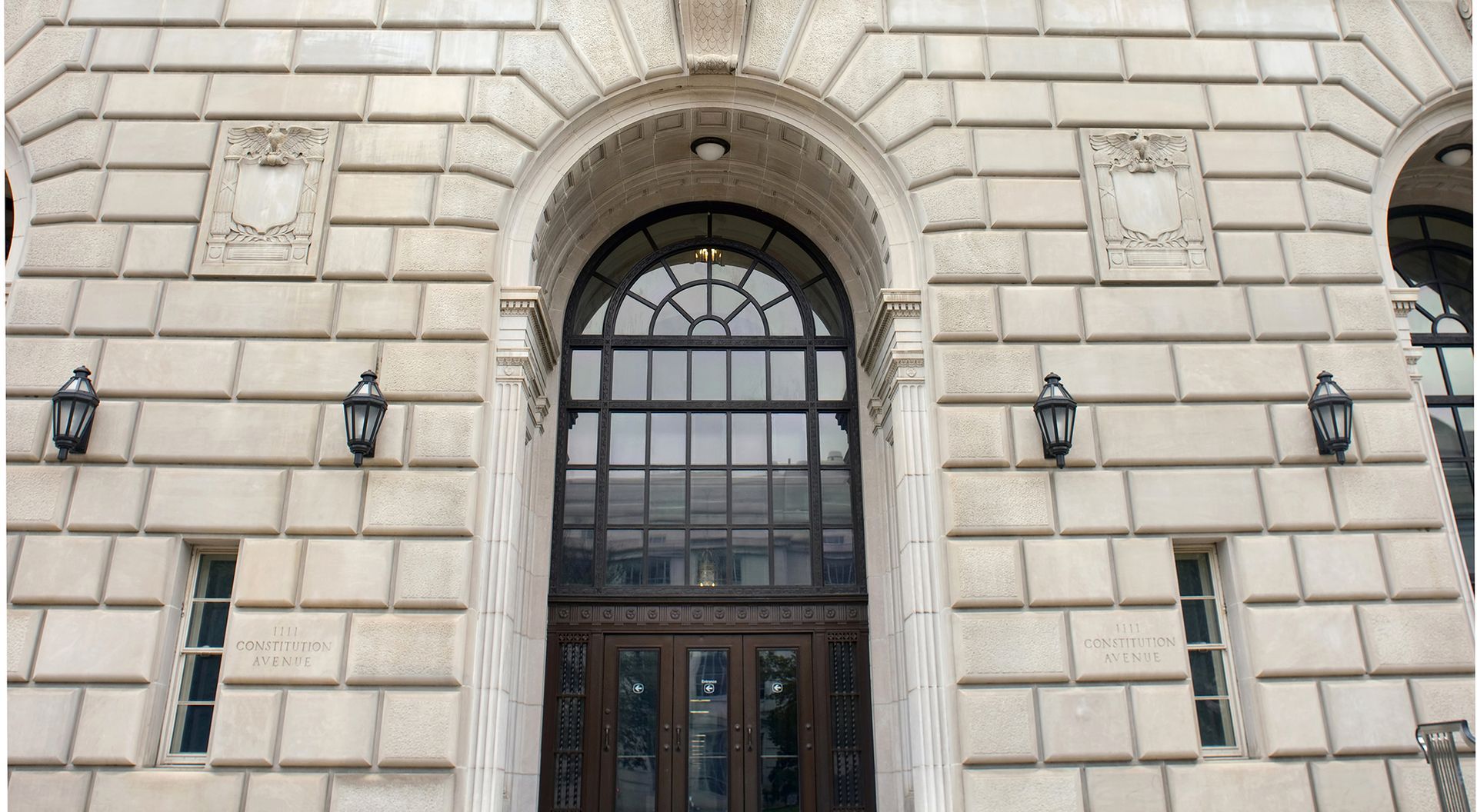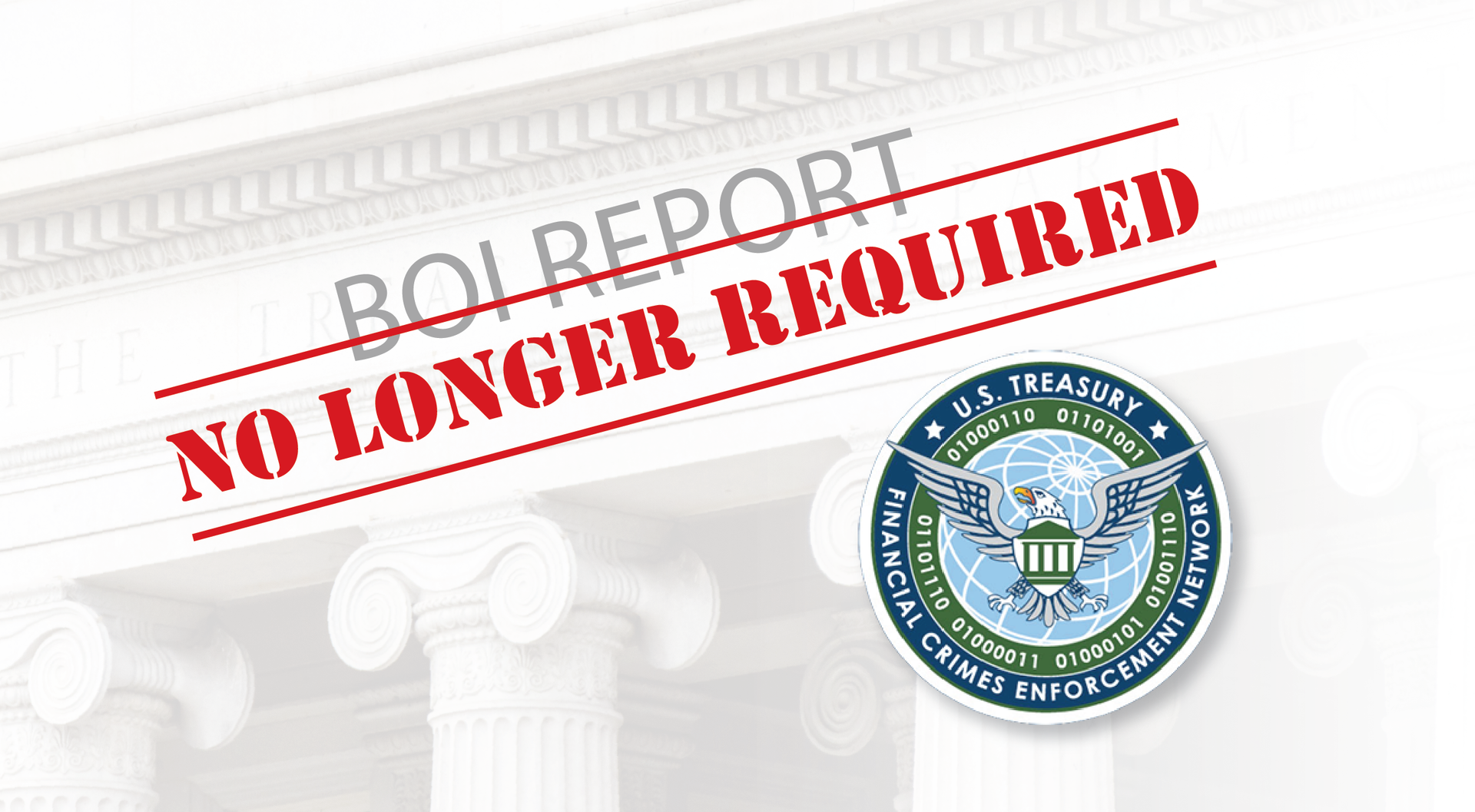Banking and Business Monthly – August 2023
FTC and DOJ’s Proposed Merger Guidelines

On July 19, 2023, the U.S. Department of Justice Antitrust Division (“DOJ”) and the Federal Trade Commission (“FTC” and collectively with DOJ, “Agencies”) issued their proposed joint merger guidelines (“Proposed Guidelines”) to be used in analyzing whether a merger is illegal, reflecting the Biden Administration’s competition policy and existing enforcement priorities. After a 60-day comment period that closes on September 18, 2023, the DOJ and FTC will finalize them. The Proposed Guidelines will replace the Agencies’ 2010 Horizontal Merger Guidelines and their 2020 Vertical Merger Guidelines, which the FTC (but not the DOJ) has already repealed.
The Proposed Guidelines are a substantial rewrite of the prior guidelines and consist of thirteen principles. Mergers are more likely to be challenged by the Agencies if they violate one or more of the following principles:
- Significantly increases concentration in a highly concentrated market;
- Eliminates substantial competition among firms;
- Increases the risk of coordination;
- Eliminates a potential entrant in a concentrated market;
- Creates a firm that controls products or services necessary for rivals to compete;
- Creates market structures in vertical mergers that foreclose competition;
- Entrenches or extends a dominant position;
- Furthers a trend toward concentration;
- Is part of a series of multiple acquisitions;
- Affects competition with respect to a multi-sided platform;
- A merger involving competing buyers that substantially lessens competition for workers or other sellers;
- An acquisition involving partial ownership or minority interests that substantially lessens competition; and
- Otherwise substantially lessens competition or tends to create a monopoly.
Comparing the Proposed Guidelines to the existing guidelines, the Proposed Guidelines provide for both lower market share and concentration thresholds necessary to trigger the presumption that a transaction is anticompetitive. The Proposed Guidelines also move away from the market definition as the previous starting place for analysis. Instead, the Agencies may avoid defining markets and rely instead on non-traditional evidence, including evidence of competition between the merging parties (regardless of alternative competitive threats), prior industry coordination (regardless of the parties’ participation), or recent mergers in the same market (regardless of whether prior transactions increased competition). The Proposed Guidelines signal a closer scrutiny of transactions that may eliminate potential competition and explicitly provide a framework for analyzing mergers involving multi-sided platforms (i.e., (businesses that provide different products or services to two or more different groups or “sides” who may benefit from each other’s participation). There is additional focus on potential harm to rivals and serial or “roll-up” acquisitions. The Proposed Guidelines provide some focus on labor market effects and overall represent an expanded use of the FTC’s authority under Section 5 of the Federal Trade Commission Act, 15 U.S.C. § 45.
The Draft Guidelines reflect the Agencies’ aggressive approach to enforcement. While the Draft Guidelines are in draft and remain subject to a public comment period, they are not likely to change significantly. Proposed Guidelines are not binding on courts, although courts may view them as persuasive authority. Given recent losses in court (such as in the Microsoft-Activision merger), it remains to be seen whether the Agencies can persuade federal courts that the Proposed Guidelines are supported by case law.
For further inquiries or questions regarding the Proposed Guidelines, please contact me at smigala@lavellelaw.com or (847) 705-7555.
More News & Resources
Lavelle Law News and Events












